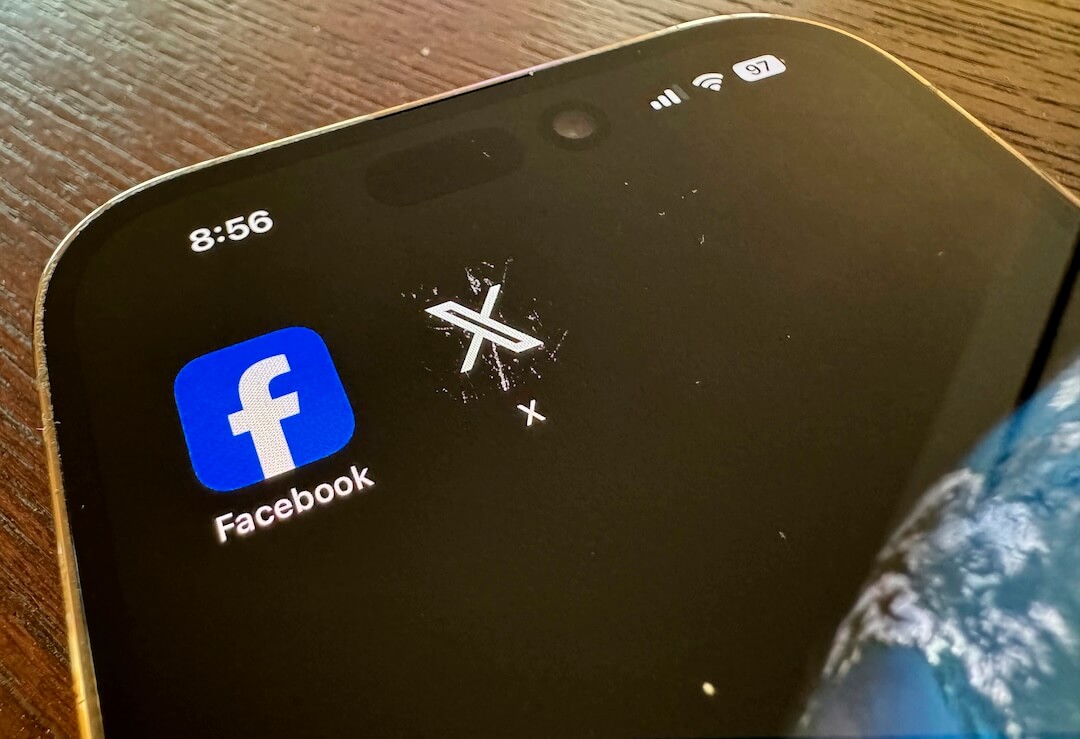The University of Arizona | Paid Content
University of Arizona researchers Sudha Ram and Devi Bhattacharya looked at how 12 news organizations’ articles spread on Twitter. Ram says in a release that their approach, which uses network analysis, “is quite different from just looking at the total number of tweets or total number of retweets. You’re starting to see, over time, how information is spreading.”
They’ve visualized the spread of information in graphics that could decorate the side of a van at a Phish concert. Individual Twitter users are dots; “cascade streams” between them represent retweets. Here’s how Ram and Bhattacharya represent The New York Times’ reach:
Of all the organizations Ram and Bhattacharya studied, BBC articles lived longest on Twitter. In a separate study, Bit.ly found links on Twitter had a half-life — the time they’ll receive half of all their clicks — of less than three hours on average. A tenth of 1 percent of BBC articles were still kicking around three or four days after they’d been published, Ram and Bhattacharya found. Ram speculates that’s because BBC pieces tweeted by BBC News’ U.K. Twitter account are often picked up by the organization’s Breaking News and World feeds, each of which has millions of followers. The Times and Mashable followed the BBC in terms of Twitter longevity, while Bloomberg, Wired and Forbes had the most fleeting runs on the network.
Jeff John Roberts of paidContent notes that when the researchers looked at “how often a Twitter user is likely to tweet a given news source,” financial publications scored lowest.
In the release, Ram says their goal is to find “the more useful attributes that will help us predict, and therefore will help us give organizations suggestions on how to be more effective in spreading their news.”
Roberts says the study’s “language of science — ‘edge/node ratios,’ ‘ego network details’ and so on” may delay its “implications to be translated into everyday guidance for publishers and editors.”
Related: Why was Reuters excluded? | Bitly: The average half-life of a shortlink is three hours






